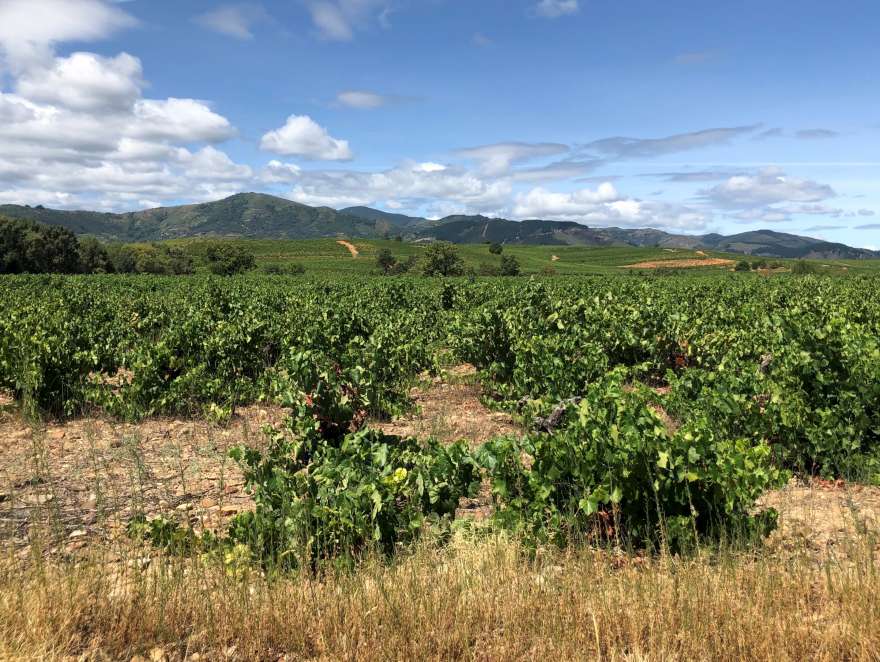“Spain’s northern, Atlantic Ocean–influenced winegrowing zones were virtually unknown to most wine lovers only a decade ago, but things have changed dramatically. Some of Spain’s most sought-after, high-quality and highly allocated red wines come from Bierzo and Ribeira Sacra… Today, collectors are chasing down small-production, Mencia-based Bierzos and Ribeira Sacras with the zeal of Burgundy aficionados” – Josh Raynolds, Vinous (March 2019)
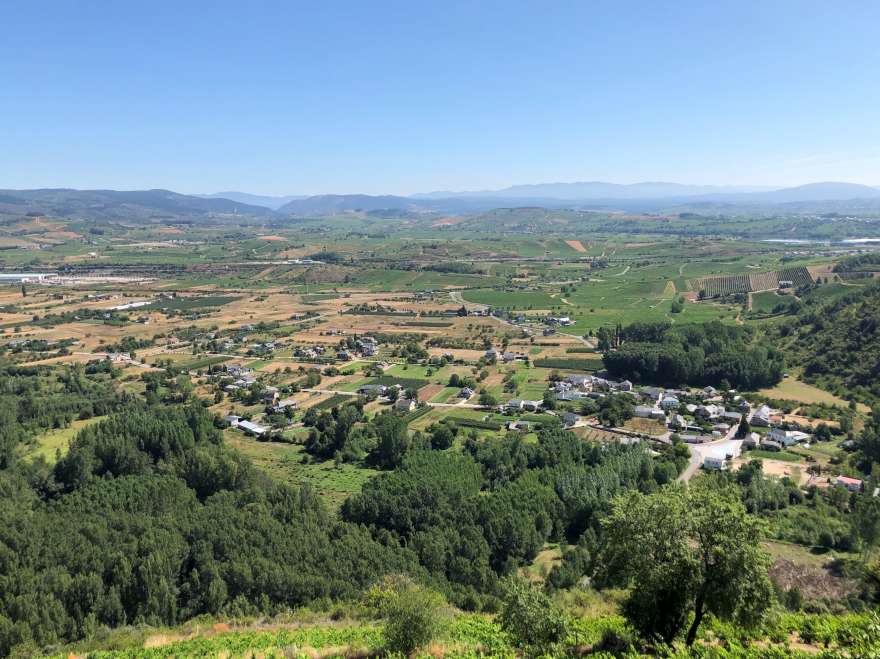
I’ve been drinking Spanish wine for years but, outside of a few famous Riojas and Ribera del Dueros, I must admit I didn’t really know much more. That all changed in 2015 when I met my wife who is from El Bierzo, a wine region in the northwest of Spain. That summer we visited her hometown of Ponferrada for a friend’s wedding in the village of Cacabelos – in the heart of wine country. When people found out I was a wine merchant in London, they all asked me “have you heard of Raul Perez?” like he was a demi-god. I hadn’t so, when I got back to London, I did some research and found out, in Spanish wine circles, he practically is.
I tracked down a few bottles of Perez’s wines in London, found them very much to my liking and totally different from anything I’d ever tasted from Spain – fresh, vibrant, exciting. Quite unlike the stereotypical fruity, oaky, alcoholic wines which had characterised Spain as a recently as 10 years ago. I’m pleased to say that I first introduced a lucky few Farr Vintners customers to Raul Perez back in 2015 before he achieved superstar status in the UK. More on Raul later…
Bierzo itself is technically part of the huge Castilla y Leon region which stretches from Galicia in the west, to the Basque country in the east and nearly as far south as Madrid. However, the green and mountainous subregion of Bierzo has more in common with Galicia – geographically (described by English author, Richard Ford, in 1845 as “the Switzerland of Leon”), culturally (some locals speak Gallego, the language of Galicia) and viticulturally (there’s no Tempranillo here, amigo) – than the flat, arid plains of Castilla y Leon. For that reason, many people (myself included) like to think of Bierzo as the unofficial fifth province of Galicia.
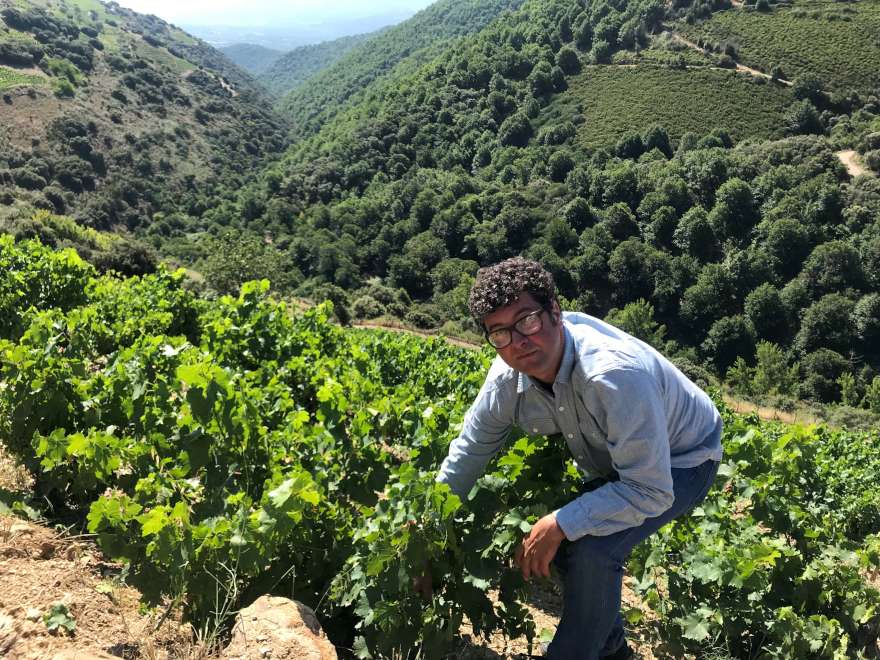
The main grape of Bierzo is Mencia (a red which makes up 75% of total plantings) – referred to by Sarah Jane Evans MW as “the Pinot Noir of Spain, the most Burgundian of wines”. A small amount of Godello (a white, less than 5%) can also be found which, when sourced from ancient vines (and in the hands of the right winemaker), can produce rich, mineral-laced wines to rival white Burgundy. However, many of the wines, both red and white, are a field blend of grapes, reflecting the chaotic nature of the region’s old vineyards. Sometimes the red wines can have up to 10% white grapes in the blend which adds both freshness and elegance.
In summer 2019, we were back in Bierzo and, having served Alvaro Palacios’s Petalos (red) as one of our wedding wines the year before, I had to visit their brand new, state-of-the-art winery perched on a hillside above the village of Corullon. The modern story of Bierzo started in 1999, when Alvaro and his nephew, Ricardo Perez, arrived in the region and created a revolution akin to what had happened in Priorat a decade earlier. The Descendientes de J. Palacios are extremely passionate about their tiny, ancient, hillside single vineyards like Las Lamas (800m a.s.l.) and La Faraona (0.55 ha producing just 1,666 bottles) which make elegant, ethereal wines that have to be experienced to be believed.
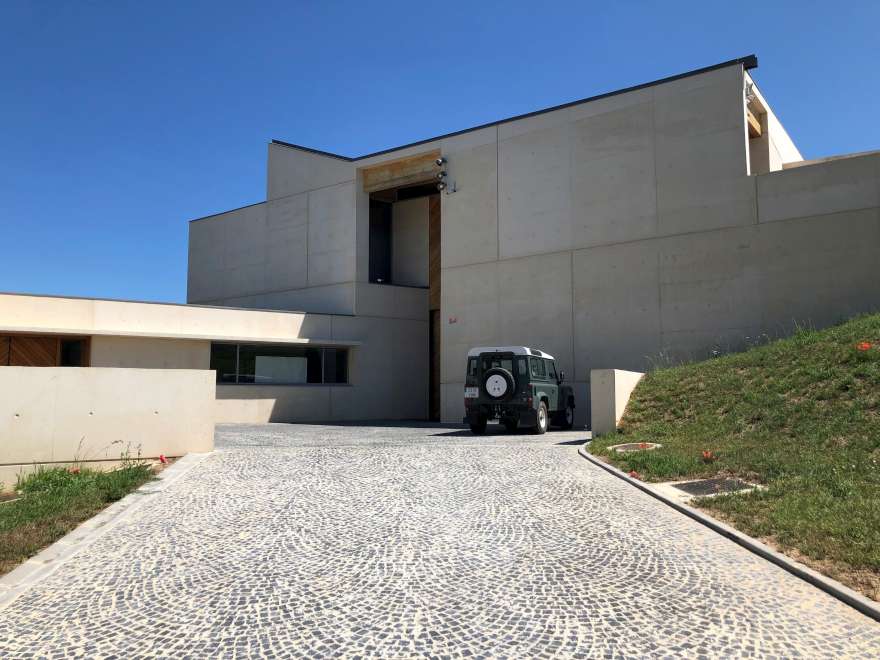
When we arrived, Ricardo immediately took us to visit one of these vineyards to explain why making wine here is so unique. Bierzo is where the Atlantic climate of Galicia meets the Mediterranean climate of Spain – and you can see this in the vegetation. The cooler north-facing slopes are green and lush whereas the warmer south-facing slopes are dry and barren by comparison. The cooling influence of the Atlantic on this otherwise warm Mediterranean climate imparts the wines of this region with both freshness and ripeness - which Ricardo calls "a complete Bierzo character" - like nowhere else in Spain. The ancient, gnarled bush vines barely cling to the slopes, with red and white grapes haphazardly interspersed, creating a very primordial scene compared to the beautifully manicured vineyards of Bordeaux.
We were then given a tour of their brand new winery that a Bond villain would be proud to call home. It was primarily built to deal with the production of Petalos as the production of their single vineyard wines is miniscule. Nevertheless we were invited to taste the whole range all the way up to La Faraona at £500/bottle. These impressive wines remind me a lot of high end Burgundy. Jamie Goode thinks “these wines are simply brilliant, and to my mind are among the very best that Spain makes today”. I left the tasting absolutely spellbound by the potential of this previously unknown (to me) region.
Last summer we escaped to Spain for six weeks and, during our time in Bierzo, I just had to get another visit under my belt. I had recently been introduced to the wines of Cesar Marquez (Raul’s nephew) and, after a few emails and phone calls, I had secured an appointment. I would be tasting at Castro Ventosa – the Perez family’s winery, located down on the valley floor in Valtuille de Abajo, which can trace its viticultural history back to 1752. Even though it was only granted Denominacion de Origen (D.O.) status in 1989 (making it one of the youngest), wine has a long history in Bierzo.
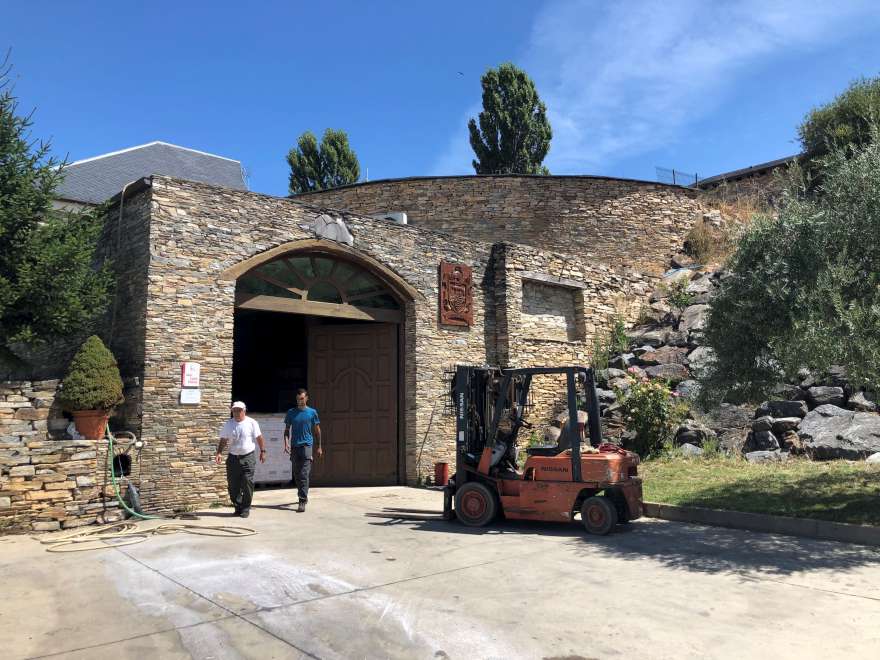
The Romans came here to mine gold at Las Medulas, bringing vines with them, followed by the pilgrims on their way to Santiago de Compostela (walking the camino is thirsty work). Then tragedy struck: first Phylloxera, then civil war, decimated the industry. Bierzo and its wines did not really recover until the 1960s with the emergence of cooperatives, but the focus was very much on quantity over quality. Although the tradition of making quality wine had been put on hold, thankfully a lot of the ancient vineyards remained and, with a little bit of TLC, they were soon returned their past glory. It was the vision of the Bierzo’s modern day pioneers to make great wines from the fabled old vineyards in the region.
I had timed my visit perfectly to taste the recently bottled 2018 vintage – one of the finest vintages in the recent history of Bierzo (ripeness with freshness, giving wines with beautiful balance), and many wineries have produced their best wines to date – and to learn about some exciting new developments in the region. Bierzo had recently been granted approval of a new classification system for its wines (allowing quality to flourish while individual terroirs can be showcased) inspired by Burgundy as follows:
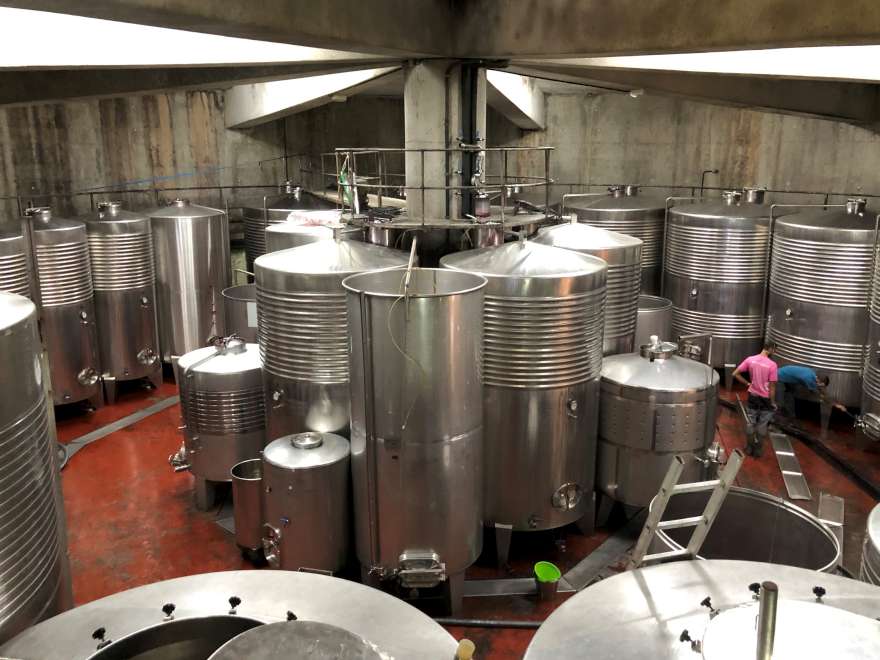
As I mentioned earlier, Castro Ventosa has been making wine for over 200 years, but things really got interesting when Raul returned to the family winery in 2010. Castro Ventosa has 60 hectares of vineyards around Valtuille where, as in many other places in this region, a large amount of old vineyards have been preserved. Winemaking here has always been very traditional, but Raul has added extra freshness to the wines by picking earlier, fermenting with whole bunches, using larger barrels and extracting less heavily. We tasted the whole range of reds including Rapolao – arguably Bierzo’s greatest and most famous vineyard – and Cepas Centenarias – made from vines over 100 years old. These are very impressive wines that, if served blind, I wouldn't hesitate to guess northern Rhone.
Cesar Marquez, who makes wine under his own name, works with a number of parcels of 100+ year old bush vines around Valtuille. The winemaking aims to express the origin of the grapes over the winemaking process and each has a different expression based on their soils, altitudes and expositions. For example, Sufreiral is grown on limestone (a rarity in the region) producing elegant wines, whereas Pico Ferreira is grown on slate resulting in more robust wines. The concept of small parcel, site-specific terroir is fascinating and these wines couldn’t be more different. I was particularly impressed by La Salvacion, a wine made from 100 year old Godello vines that is aged under flor.
I left the tasting with a much better understanding of the vineyards and wines of Bierzo and hugely inspired to drink more wines from this unique region. In contrast to the richer, riper Tempranillo-based wines of Ribera del Duero and Rioja, these wines, as Josh Raynolds notes, “tend to be made with a light hand, meaning that they are not too extracted and on the low-alcohol side, displaying bright acidity and, usually, minimal oak influence”. Furthermore, the patchwork nature of the vineyards and the individual growers’ smallholdings means Bierzo has more in common with Burgundy/Piedmont (than say Bordeaux/Tuscany) where single vineyards are bottled individually to celebrate the unique characteristic of each plot of land.
As Alvaro Palacios explained in a Wine Advocate interview to Luis Gutierrez, "even if the wines gravitate more towards the texture and meatiness of Syrah from northern Rhone, in the best cases they also have the elegance and lightness of a good Pinot Noir from Burgundy". As such, anyone who admires the northern Rhone or Burgundy (or both) should find a lot to like in the wines of Bierzo. I certainly do and I'd encourage you discover this unique and exciting region at the earliest possible opportunity.
Click HERE to see our full list of wines from Bierzo.
